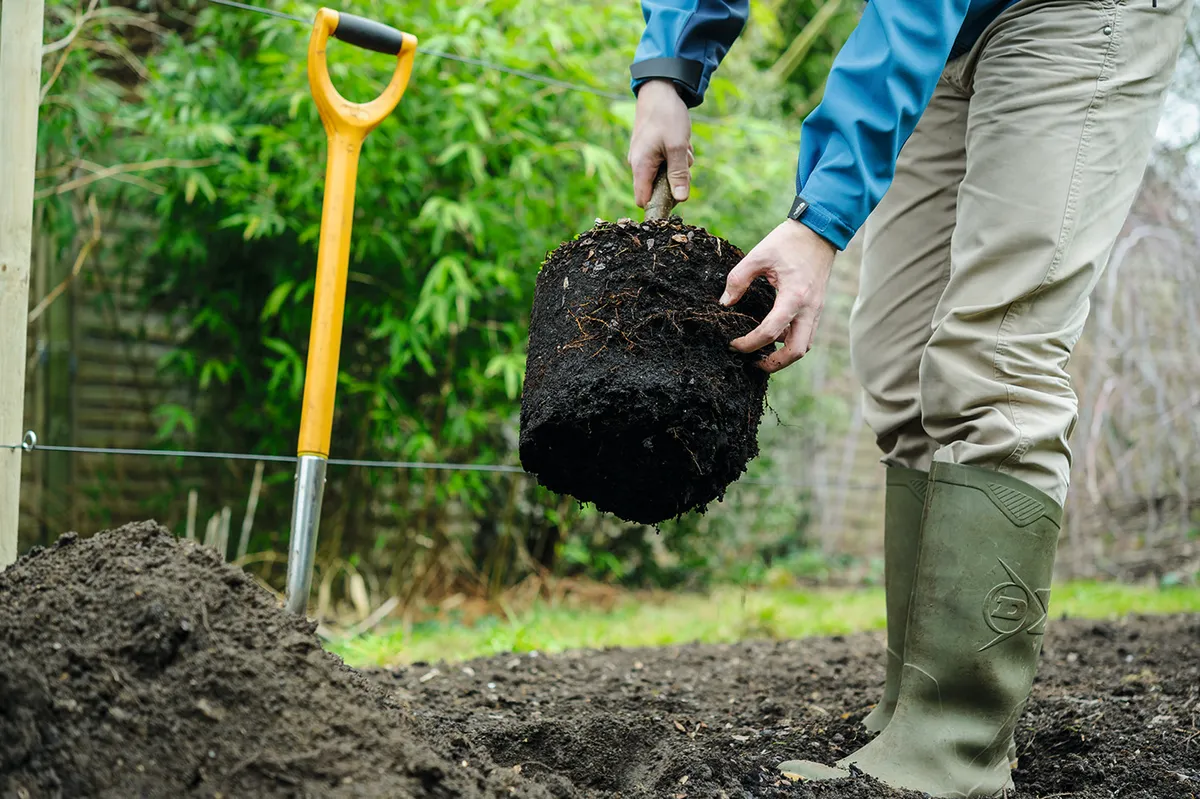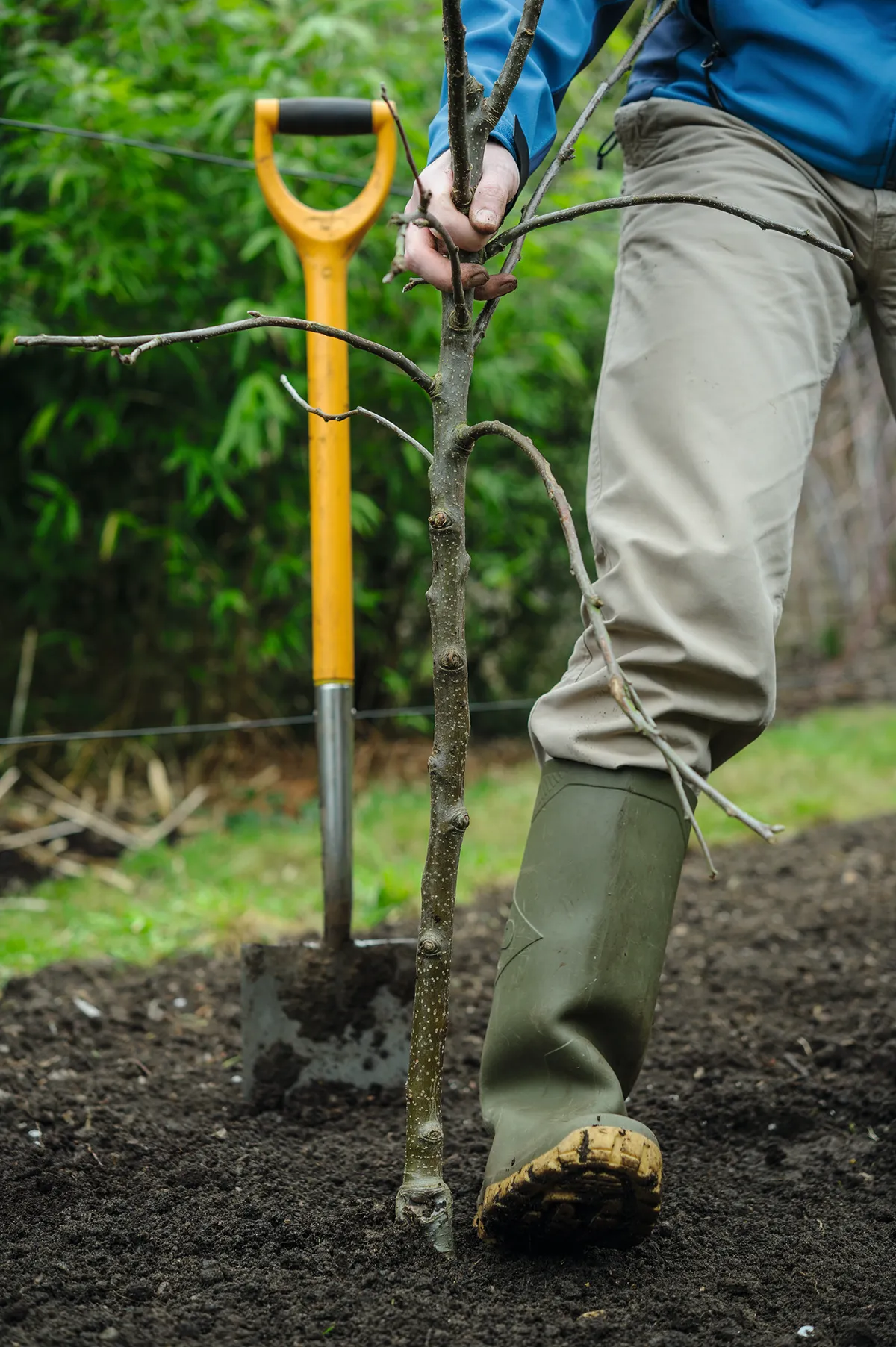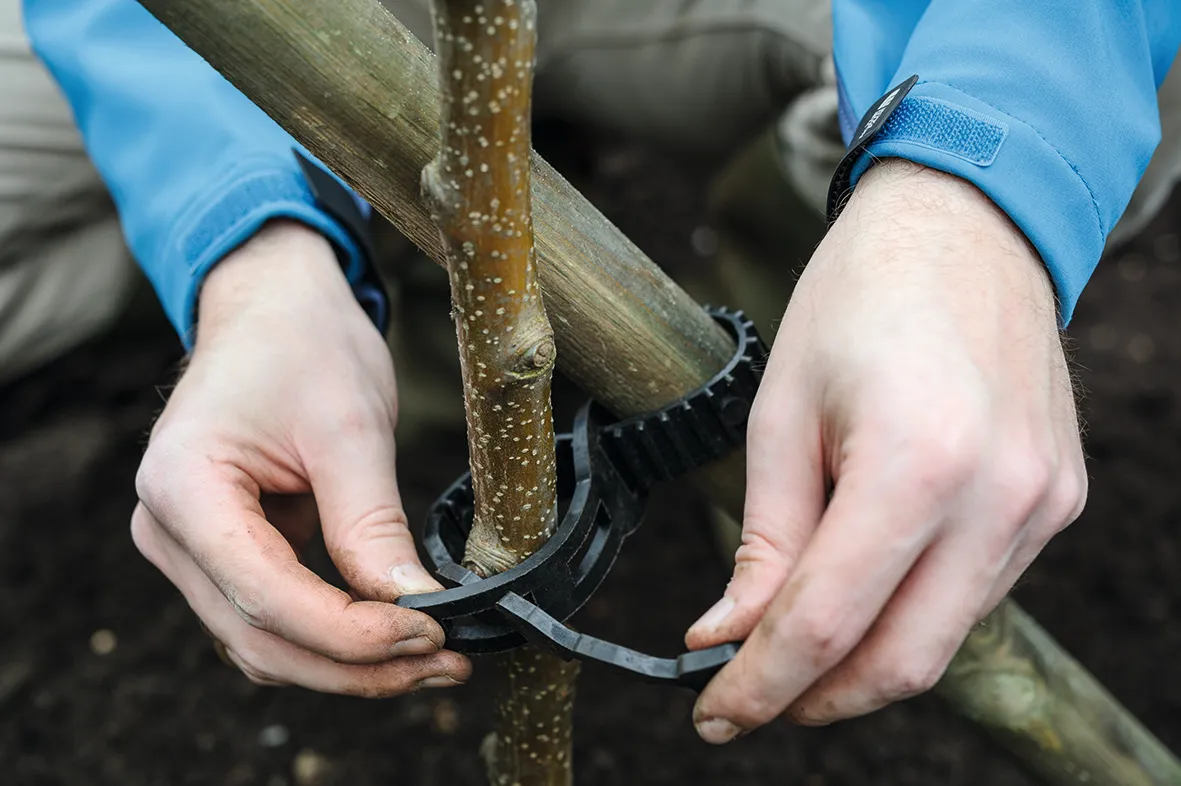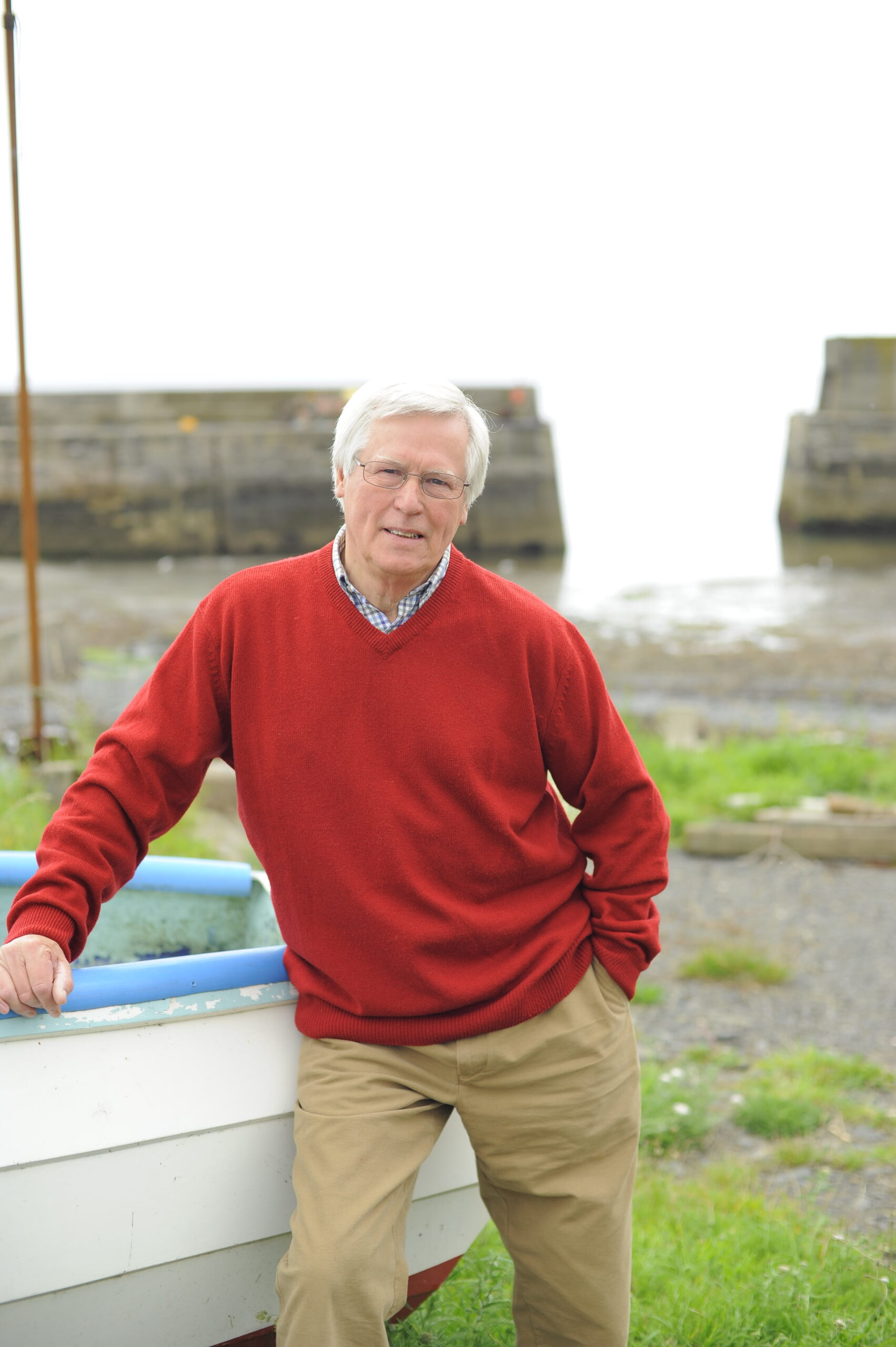From ancient times, the tree has been a powerful emblem of strength, growth and rebirth to people of many faiths and philosophies, symbolised by the concept of The Tree of Life.
But in more recent times we have come to realise the vital role trees play in protecting our planet: they are trees of life in a very real sense. By absorbing carbon dioxide and letting out oxygen, they help purify the atmosphere and stand in the very forefront of the battle against climate change. Yet all around the world trees are being hacked down at a disastrous rate.
Here in the UK we are woefully short of them; only 13% of our land surface is covered by trees compared to an average of 38% in mainland Europe. But action is being taken.
Countryfile has just launched a two-year mission called Plant Britain, with the initial goal of planting 750,000 trees – one for every child in the UK who started primary school this year.
When I was at primary school in the 1940s all we knew about trees was that they produced wood. Today’s youngest students are much better informed and hopefully Plant Britain will enforce the message that trees are important in their lives. Also joining this arboreal surge are The Woodland Trust, pledging to plant 50 million trees over the next five years, more than double its usual target, while the National Trust is aiming for 20 million over 10 years. The Government has set itself the challenge of creating 30,000 hectares of new woodland in England by 2025, but critics are already querying whether that target will be met.
Countryfile’s ambitious project is now well underway with 200,000 trees already planted, special areas being created at 12 Woodland Trust sites across the nation and its own Countryfile Wood beginning life alongside an ancient woodland at Quarry Bank, sitting on the border between Greater Manchester and Cheshire. Matt Baker was there to plant the first sapling, which became the first entry on Plant Britain’s interactive map. Many thousands more will follow as viewers across the UK log in to show where and what trees they have planted.
As an extra incentive, if you leave your contact details on the Countryfile website, you might be randomly selected to go planting with a Countryfile presenter on one of the 12 sites. The closing date for entries is 1 February at 10am.
“We want to challenge everyone to do their bit, no matter where they live or how large or small a space they have to plant in,” says Jane Lomas, the Countryfile series editor. “From gardens to shared community spaces, balconies and window boxes, we’re encouraging the UK to go planting to combat climate change, for their own wellbeing and for the sake of our wildlife.”
Small steps bring big benefits
In the middle of a housing estate in Witney, Oxfordshire is a new ‘tiny forest’ about the size of a tennis court. One of the many projects highlighted by Plant Britain, it’s being created by the charity Earthwatch, which hopes to start hundreds more across the country.
Standing amid 600 saplings of native species, from oak to birch and blackthorn, Earthwatch programme manager Louise Hartley says: “Tiny forests like this will improve air quality, act as a buffer against traffic noise, help prevent flooding, be havens for wildlife and provide space for local people to connect with nature, and we will be carefully monitoring all these benefits.”
But can you still be part of Plant Britain if the only space you have is a window box? “Of course you can,” says Isabelle Palmer, city garden designer and author of The Balcony Gardener.
“There’s a whole selection of dwarf trees out there to make your own mini urban forest in a pot or recycled container. You can grow trees from seed or buy them from garden centres at very reasonable prices,” says Isabelle. “Conifers, such as spruce and yew, emit a high amount of oxygen, are evergreen so you’ll have your forest all year round, and grow very slowly within the confines of your pot. You don’t need a garden to create something special.”
HRH The Prince of Wales is passionate about woodland. “Ever since I can remember I have had a passion for planting trees and restoring lost habitats such as wildflower meadows. I always look for every opportunity to plant a tree in the right place, let alone to replace trees that die or have blown down with two others, if possible. Planting a tree means leaving a lasting legacy – one that my children and your children and grandchildren will be able to enjoy long after I am gone.”

Who is paying for the trees in Plant Britain? Many people taking part will be providing their own, as will the various partners in the scheme, including the council in Bradford which is ‘greening-up’ Anita Rani’s home city with 55,000 more trees. Anita reported from Bradford in the launch programme, which also featured Ellie Harrison being bravely transported to the treetops at Westonbirt, The National Arboretum in Gloucestershire.
Over the next two years, Countryfile will be checking regularly on the progress of Plant Britain. This is a big, ambitious project, coinciding with the BBC’s 100th anniversary. The Woodland Trust believes we need to boost the nation’s tree cover from 13% to 19% by 2050, so here’s your chance to grab a spade and make a difference!
What you can do
Plant a tree – in your garden or local Woodland Trust site – then log the details of where you planted it online. Do this before 10am on 1 February 2021 and you’ll be entered into the draw for a chance to plant a tree with a Countryfile presenter. To log your details and for more information, go to bbc.co.uk/countryfile
How to plant a tree (from Gardeners’ World Magazine)
You can buy native trees from most good garden centres. Some will come already in pots, but bare-rooted trees are also commonly sold. Autumn is the best time to plant trees, giving them ample time to establish a good root system for strong branches and lush foliage in the following growing season. To encourage roots to grow out in search of water and nutrients, prepare the soil thoroughly over a much larger area than just the planting hole; break up compaction at the base of the planting hole to allow deep rooting. For more information, see gardenersworld.com/how-to/grow-plants/how-to-plant-trees/
Step 1
Stand the tree in water to ensure its roots are damp. Dig a square hole that’s slightly wider than the pot your tree is in, but no deeper. Square holes help the roots to spread via the corners. Lightly fork the base and sides of the hole to ensure the soil isn’t compacted.

Step 2
Remove the pot from container-grown trees and any wrapping from bare-root ones. Tease out and unwind any circling roots and cut off any damaged ones. This will encourage the roots to venture out into the soil. Stand the tree in the planting hole, then lay a cane across the hole to check that the top of the rootball – or the dark soil mark on bare-root trees – is level with the soil surface.

Step 3
Backfill around the rootball with the excavated soil, shaking the tree a little to help the soil settle around the roots. Then use your heel to firm gently all around the rootball and ensure there is good contact between the roots and the soil. This is important as roots will die if left sitting in air pockets. You may need to top up the soil again to ground level, then firm it down once more.

Step 4
If planting in an exposed site, stake the tree to prevent windrock, which can tear the roots and create a gap around the base of the trunk that can fill with water and encourage rot. The stake should be hammered in at a 45° angle. Attach the trunk to the stake using an adjustable tree tie. Water the tree thoroughly, then keep it watered during dry spells for at least the first year.


